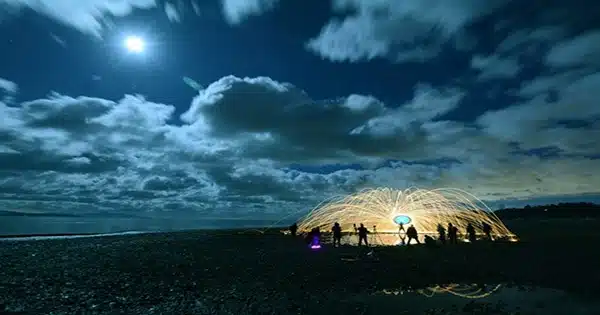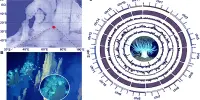In Doctor Who, there is an extraterrestrial species known as the Silurians, which are technologically advanced humanoid reptiles who lived long before humans, went into hiding, and were almost undiscovered until everyone’s favorite time-traveling alien arrived in his phone box. So far, so scientific. However, two University of Cambridge scientists named their study – The Silurian hypothesis: could an industrial society be detected in the geological record? – after the fictional species in 2018.
The paper, which was published in the Journal of Astrobiology, does not argue that there was a technologically advanced species long before humanity, but it does raise the intriguing hypothetical question of whether it would be possible to find “geological fingerprints” of a bygone civilization that died millions of years ago.
“One of the key questions in assessing the likelihood of finding such a civilization is understanding how often, given that life has arisen and that some species are intelligent, does an industrial civilization develop?” they wrote in the article.
“Humans are the only example we know of, and our industrial civilization has lasted (so far) approximately 300 years (since, for example, the introduction of mass production methods).” This is a minuscule percentage of the time that sophisticated life has existed on the Earth’s land surface and a tiny fraction of the time that we have existed as a species.”
“With such a short time span, the obvious question is whether this could have happened before.”
In addition to being an intriguing concept to consider, attempting to answer the issue could aid in our hunt for signs of advanced civilizations on exoplanets. According to the report, we have left significant traces on the world that will undoubtedly persist for many years due to our (relatively short) time influencing the earth’s climate and ecosystems. However, this does not imply that these changes will be observable in millions of years. In truth, the record we leave behind – for example, in sediment – may be only a few millimeters thick. This may be true even if we live considerably longer than we do now.
“The longer human civilization lasts, the larger the signal one would expect to see in the record,” the researchers write. “However, the longer a civilization exists, the more sustainable its practices must become in order for it to survive.” The smaller a society’s footprint on the rest of the earth (for example, in energy generation, industry, or agriculture), the more sustainable it is. However, the smaller the footprint, the less of a signal there will be in the geological record.”
The team discusses potential markers that we could leave for a species millions of years in the future (or that may have been left for us). Some will be indistinguishable from naturally occurring phenomena, such as Cretaceous and Jurassic ocean anoxic events, but others will be strong indications that we were here, and we completely destroyed the planet.
“We speculate that some specific tracers would be unique, specifically persistent synthetic molecules, plastics, and (potentially) very long-lived radioactive fallout in the event of a nuclear catastrophe,” the researchers write.
“In the absence of those markers, the event’s uniqueness may well be seen in a slew of relatively independent fingerprints rather than a coherent set of changes associated with a single geophysical cause.”
The team does not provide a conclusive response in the research, but suggests that if any ancient advanced creatures were to be unearthed, they would be detected through investigation of elemental and compositional anomalies in the sediment record.
“While we strongly doubt that any previous industrial civilization existed before our own, asking the question in a formal way that articulates explicitly what evidence for such a civilization might look like raises its own useful questions related to both astrobiology and Anthropocene studies,” they conclude.
“We hope that this paper will serve as motivation to improve the constraints on the hypothesis so that in the future we may be better placed to answer our title question.”
















